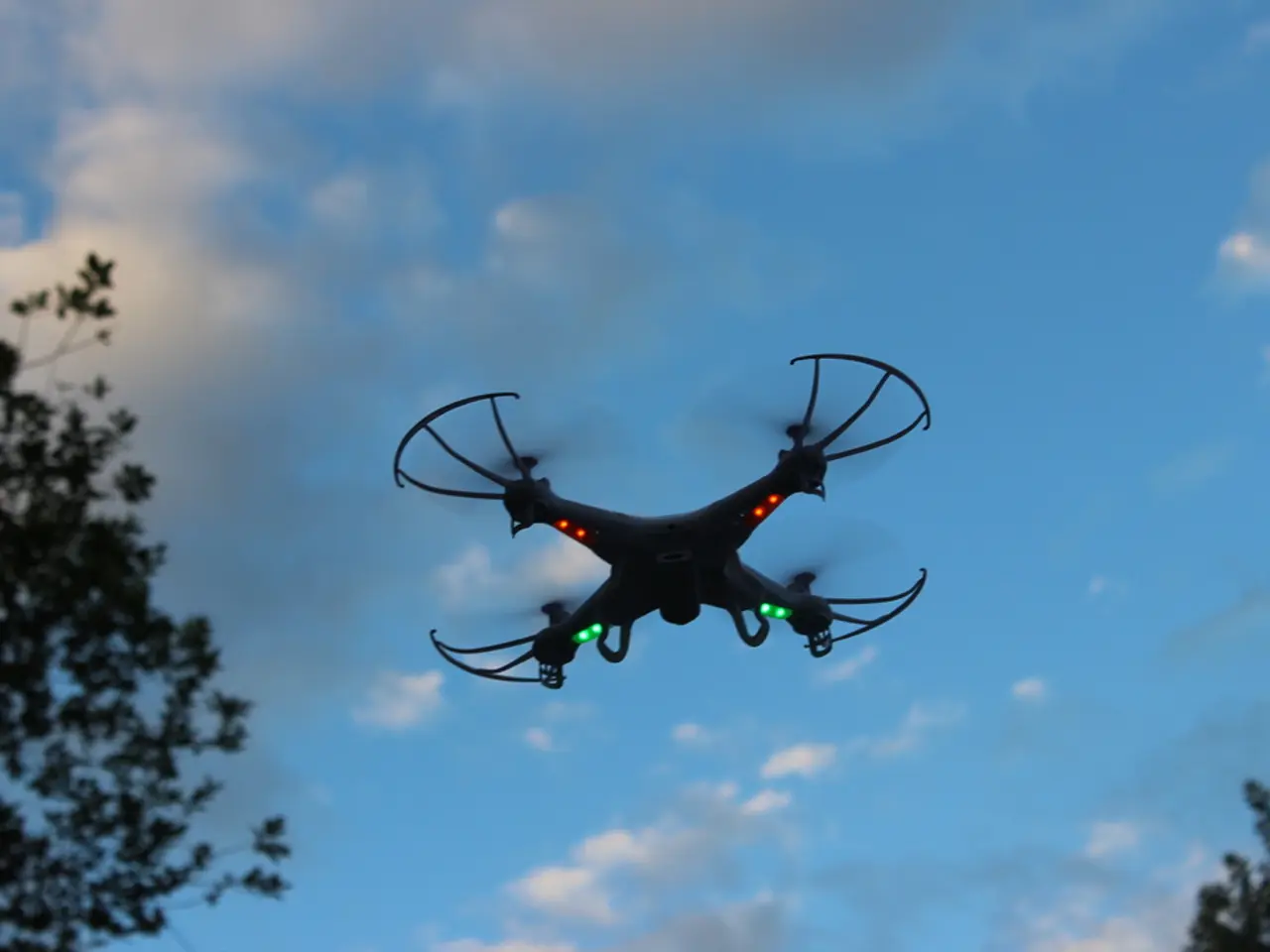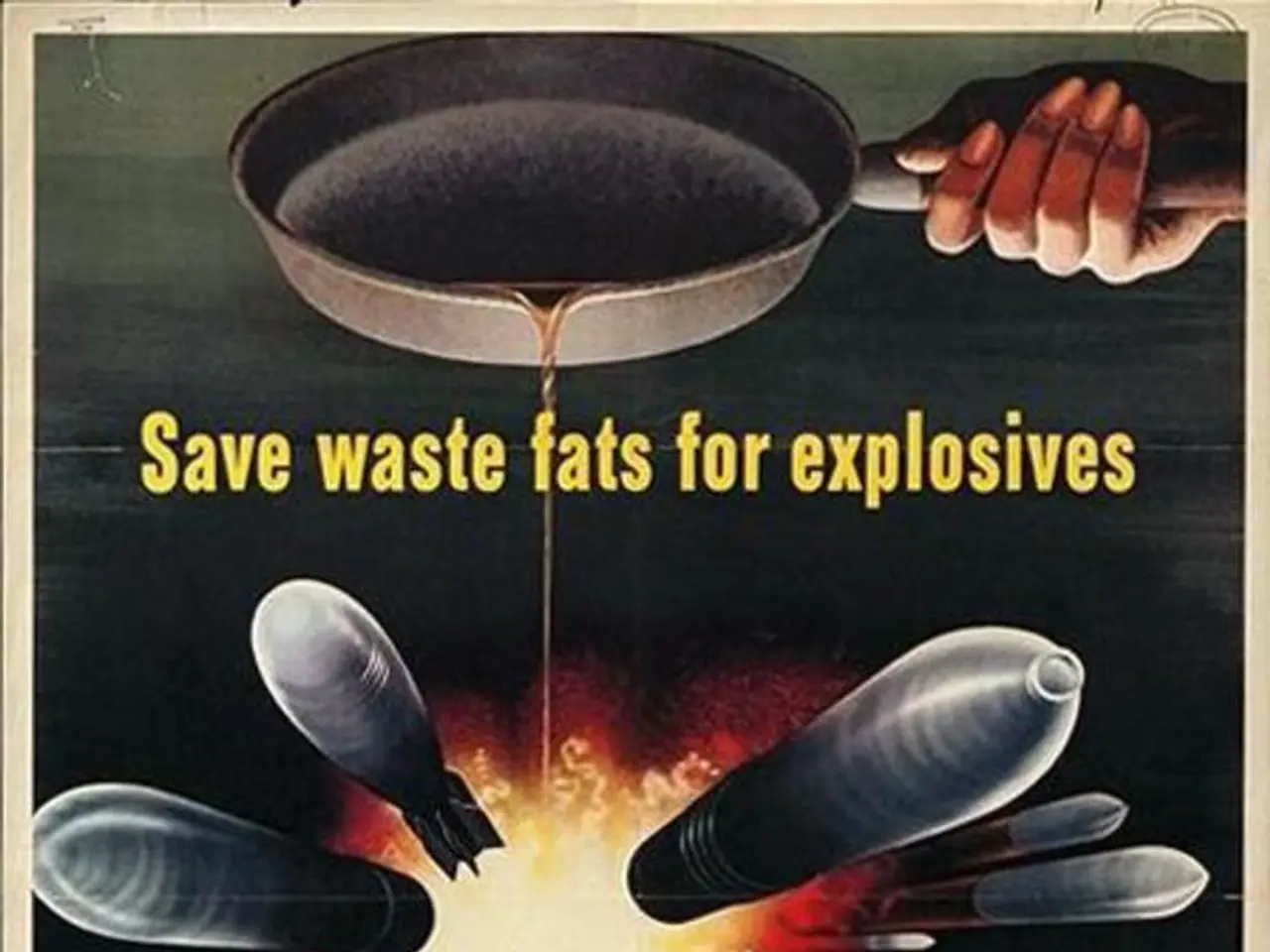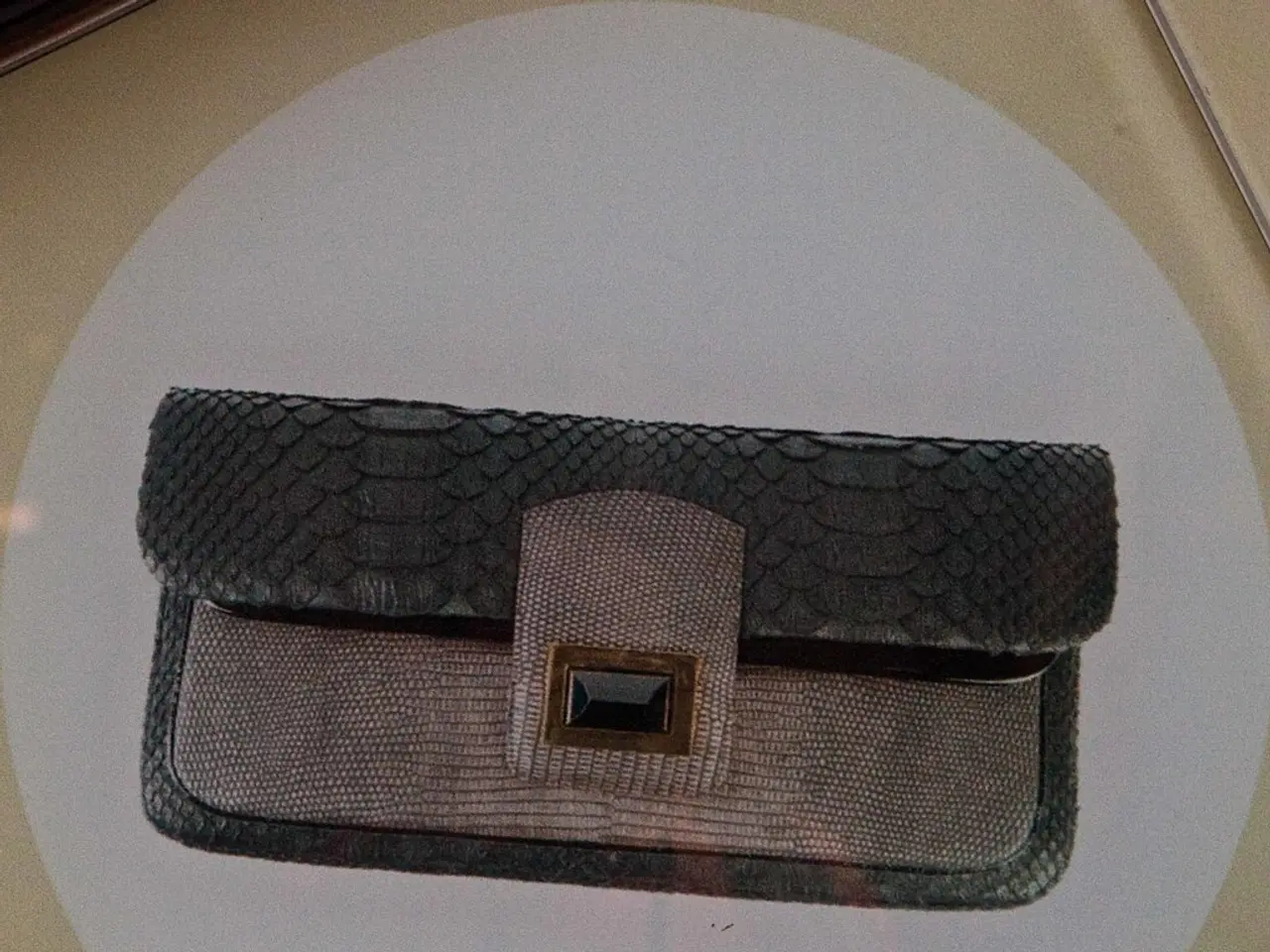Utilizing Drones for Management in Sustainable Farming Practices (Permaculture)
Drones are transforming the world of permaculture farming, offering a host of benefits that promote sustainability and efficiency. By integrating precise monitoring, resource management, and ecological insights, drones are helping farmers make informed decisions that support ecosystem health, reduce waste, and enhance productivity.
Precise Monitoring and Resource Management
Drones equipped with high-resolution cameras and advanced sensors can capture detailed images of crop health and soil conditions, offering early detection of pests, diseases, and stress before they become visible to the naked eye. This proactive approach allows for preventive treatments, minimizing crop losses and reducing chemical use.
Zone-specific spraying technology, enabled by drones, reduces pesticide use by up to 30%, lowering environmental contamination and cutting costs. In pasture management, drones excel at mapping infestations and enabling precise herbicide application, improving pasture health and livestock productivity while reducing human chemical exposure.
Drones also assist in creating detailed 3D maps for planning field layouts, drainage, and soil analysis, which are critical in permaculture design. Some drones can even plant seeds with high precision, aiding in reforestation or cover cropping, both important techniques in permaculture to restore and maintain soil health.
Supporting Permaculture Principles
Drones help farmers follow permaculture principles by observing closely, caring for the earth, gathering data, reducing waste, and using resources wisely. They track wildlife and plants with thermal and multispectral sensors, helping monitor biodiversity without harming it and making better landscape choices.
Drones are also used to study land shapes, create detailed maps, and plan for water systems and roads in permaculture designs. Advanced imaging technologies, understanding data, strategies for monitoring the environment, and analyzing software are skills to learn for using drones effectively in permaculture.
Regulations and Training
While drone technology offers numerous benefits, it also comes with its challenges. Users must understand the data and mix tech with traditional knowledge to use drones effectively in permaculture. To operate drones for work, the Federal Aviation Administration (FAA) requires a Part 107 Remote Pilot Certificate, safety training, and passing a test on flying rules.
Training is essential to using drones in permaculture, including drone operation certifications and knowledge of drone use in farming, as well as learning data analysis and regulations. Online certification courses, technical workshops, professional training programs, industry-specific webinars, and practical training considerations are resources for learning drone operations.
Future Trends
The future of drone technology in permaculture is promising, with advancements such as enhanced AI-driven data analysis, improved battery technologies, advanced sensor systems, and real-time ecosystem monitoring on the horizon. Future trends also include autonomous drones capable of performing complex tasks on their own, making farming more efficient.
As drone technology continues to evolve, it is expected to hit $8.2 billion by 2027, signifying a significant shift in how we manage farms and promote sustainable agriculture. With the right regulations, training, and integration of traditional ecological knowledge, drones are set to play a crucial role in the future of permaculture farming.
References:
- Drones in Agriculture: A Review
- Precision Agriculture: A Review
- Drones for Precision Agriculture: A Comprehensive Review
- Drones in Agriculture: A Systematic Review
- Drones in Agriculture: A Review
Drones aid in water management by offering precision in monitoring crop health and soil conditions, thus allowing for early detection of potential issues and preventive treatments. This proactive approach, combined with zone-specific spraying technology, reduces pesticide use and environmental contamination.
By integrating advanced sensing and mapping capabilities, drones facilitate the planning of field layouts, drainage, and soil analysis, promoting regenerative agriculture and improving soil health. Drones also plant seeds with high precision, aiding in reforestation or cover cropping.
Drones help in supporting permaculture principles by observing closely, gathering data, reducing waste, and using resources wisely. They track wildlife and plants, helping monitor biodiversity and making better landscape choices.
To fully harness the potential of drones in permaculture, it is crucial to understand their data, mix tech with traditional knowledge, and learn necessary skills such as drone operation certifications, data analysis, and regulations. Online courses, workshops, and practical training are available resources for learning drone operations.
The future of drone technology in permaculture looks promising, with advancements in AI-driven data analysis, improved battery technologies, and autonomous drones. As drone technology continues to evolve, it is expected to hit $8.2 billion by 2027, revolutionizing sustainability in agriculture and environmental-science.




